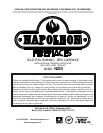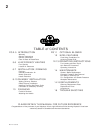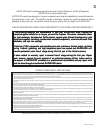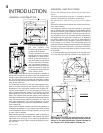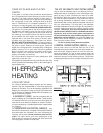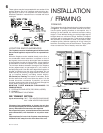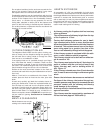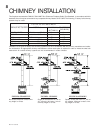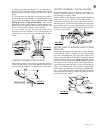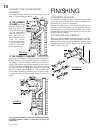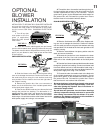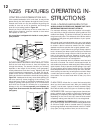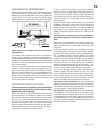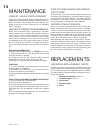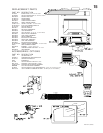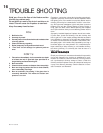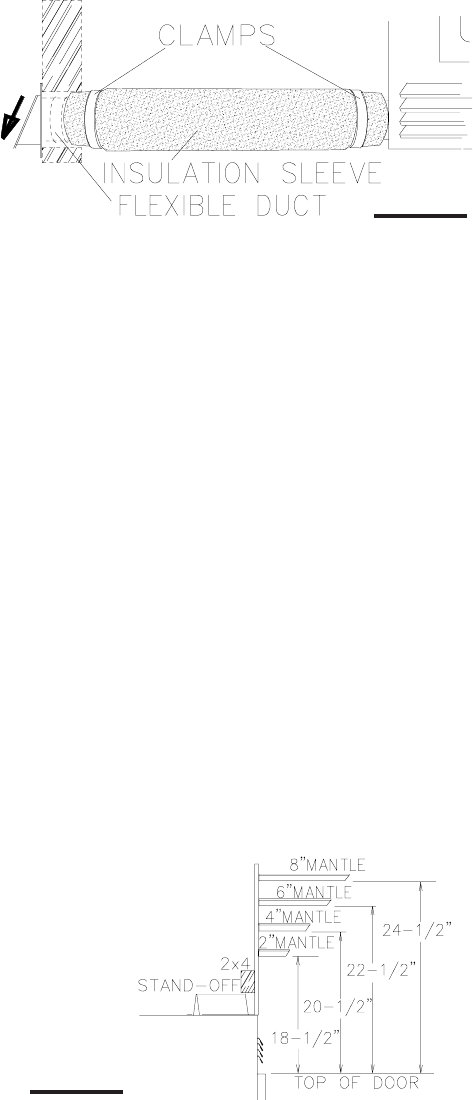
WS-415-71 / 09.07.00
7
HEARTH EXTENSION
An acceptable 16" x 50" non-combustible (ie: brick, stone
or ceramic tile) hearth extension must be installed. Ensure
that the gap between the fireplace and a factory-built hearth
extension is sealed with sand/cement grout or covered
with a metal strip (or both) to prevent sparks and embers
from falling into this area. A raised hearth together with the
fireplace built on a raised platform is recommended for
easier wood loading and fire viewing.
A chimney venting the fireplace shall not vent any
other appliance.
The minimum overall chimney height from the top
of the fireplace is 15 feet.
Factory-built chimney systems for use in dwell-
ings constructed for three or more families must
be enclosed above the room in which the fireplace
is located. This enclosure must have a fire resist-
ance rating equal to or greater than that of the
floor or roof assembly through which they pass.
If the chimney system is enclosed within the attic
area, a rafter radiation shield is required.
The chimney should not be built with an offset an-
gle in excess of 45
o
.
The chimney must extend at least 3 feet above its
point of contact with the roof and at least 2 feet
higher than any wall, roof or building within 10
feet. Figure 13.
If the chimney extends more than 5 feet above the
roof, it must be secured using a roof brace or guide
wires.
Ensure that minimum clearances are maintained
Portions of the chimney that extend through ac-
cessible spaces must always be encased to avoid
personal contact with the chimney and thereby
avoid damage to the chimney.
A raincap must be installed to avoid internal dam-
age and corrosion.
The chimney must be supported at a maximum of
20 foot intervals (approx. 200 lbs/20 ft).
FIGURE 6
FIGURE 7
Do not place insulation into the enclosure around the fire-
place or the chimney. Placed in this space, it may cause
the adjacent wood to overheat and catch on fire.
Combustible materials may be installed flush with the front
of the fireplace but must not cover any of the black painted
surface of the fireplace front. Non-combustible material
(brick, stone, or ceramic tile) may protrude. Pull out the
nailing tabs, attached on either side of the fireplace and
secure to the 2x4 framing to facilitate drywall installation.
Do not build shelves or cupboards into the area above the
fireplace. Do not add a hood.
OUTSIDE COMBUSTION AIR
The Napoleon Model NZ25 has the option of taking out-
side air directly into the fireplace through the opening on
the left hand side or taking inside air through the lower
front louvres or a combination of both.
If the optional fresh air kit (available through your Napo-
leon / Wolf Steel Ltd. dealer) is installed, it must not draw
air from the attic or garage. It may only come from outside
the house. The maximum length of the 4 inch air duct is 20
feet; thereafter enlarge the duct to a 6 inch diameter.
Decide on the most convenient location for the fresh air
inlet duct and hood which may be installed above or below
floor level.
Make a 5 inch hole in an outside wall of the house. From
outside, place the fresh air hood into the hole, open side
down.
At each end, carefully pull back the insulation sleeve ex-
posing the flexible duct. Place the insulated flexible duct
over the fresh air hood and over the fireplace outside air
connector. Carefully push the insulation sleeve back over
the duct. Using the clamps, fasten the insulated duct into
place on both sides. For outside air only, re-install the in-
side air cover plate, shown in FIGURE 22, to cover the con-
trol box inside air opening. See Section on Combustion
Air Control.
MANTLE CLEARANCES
Mantle clearance can vary ac-
cording to the mantle depth.



